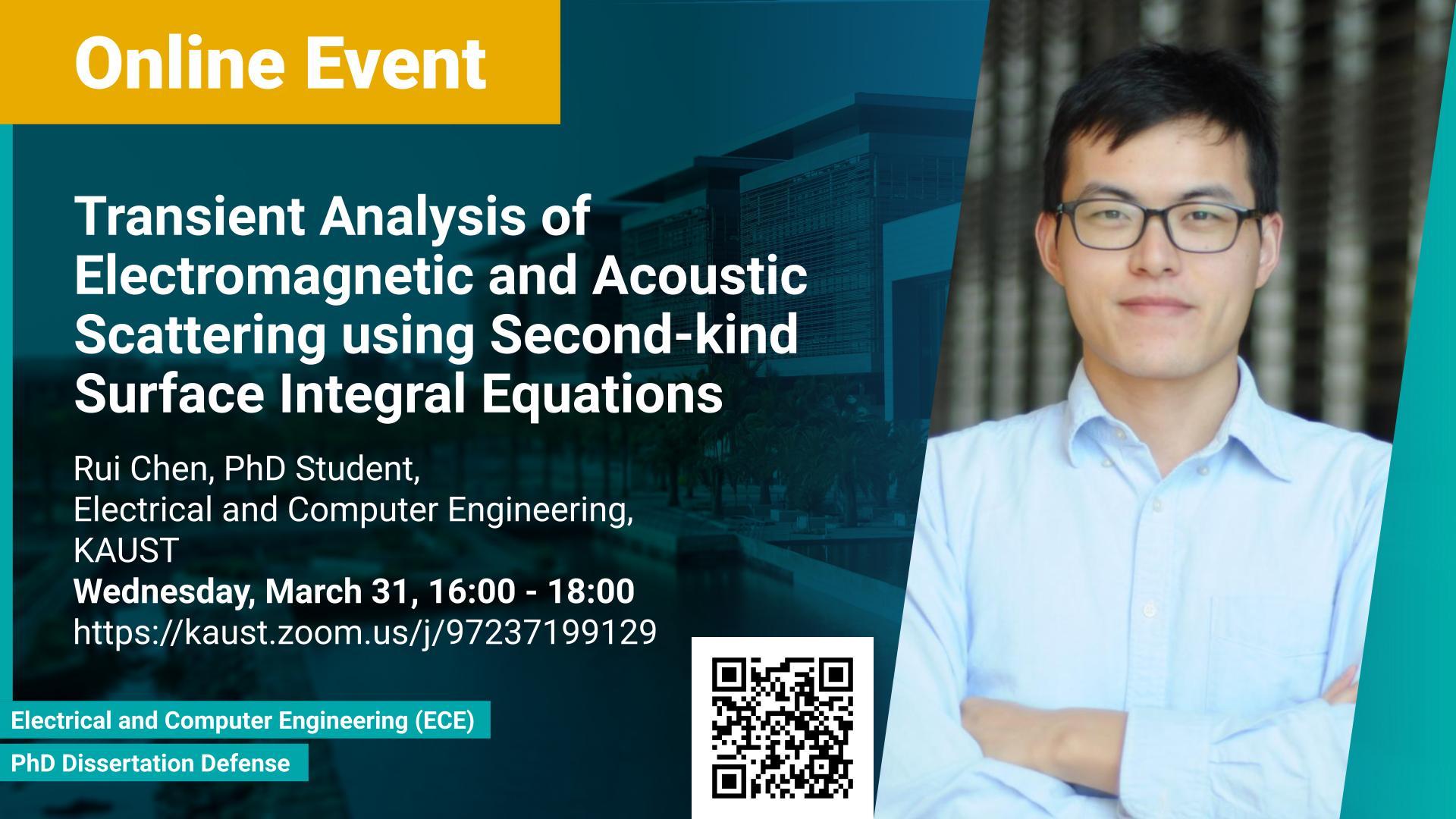Abstract
Time-domain methods are preferred over their frequency-domain counterparts for solving acoustic and electromagnetic scattering problems since they can produce wide-band data from a single simulation. Among the time-domain methods, time-domain surface integral equation solvers have recently found widespread use because they offer several benefits over differential equation solvers. This dissertation develops several second-kind surface integral equation solvers for analyzing transient acoustic scattering from rigid and penetrable objects and transient electromagnetic scattering from perfect electrically conducting and dielectric objects. For acoustically rigid, perfect electrically conducting, and dielectric scatterers, fully explicit marching-on-in-time schemes are developed for solving time domain Kirchhoff, magnetic field, and scalar potential integral equations, respectively. The unknown quantity (e.g., velocity potential, current, or scalar potential) on the scatterer surface is discretized using a higher-order method in space and Lagrange interpolation in time. The resulting system is cast in the form of an ordinary differential equation and integrated in time using a predictor-corrector scheme to obtain the unknown expansion coefficients. The explicit scheme can use the same time step size as its implicit counterpart without sacrificing from the stability of the solution and is much faster under low-frequency excitation (i.e., for large time step). In addition, low-frequency behavior of vector potential integral equations for perfect electrically conducting scatterers is also investigated in this dissertation. For acoustically penetrable scatterers, presence of spurious interior resonance modes in the solutions of two forms of time domain surface integral equations is investigated. Numerical results demonstrate that the solution of the form that is widely used in the literature is corrupted by the interior resonance modes. But, the amplitude of these modes can be suppressed by increasing the accuracy of discretization especially in time. On the other hand, the proposed one in the combined form shows a resonance-free performance verified via numerical experiments. In addition to providing detailed formulations of these solvers, the dissertation presents numerical examples, which demonstrate the solvers’ accuracy, efficiency, and applicability in real-life scenarios.
Brief Biography
Rui Chen is a Ph.D. candidate supervised by Prof. Hakan Bagci in Electrical and Computer Engineering Program at King Abdullah University of Science and Technology. He received B.S. degree in Communication Engineering and M.S. degree in Electromagnetic Fields and Microwave Technology from Nanjing University of Science and Technology in 2010 and 2015, respectively. His research interests include theoretical and applied computational electromagnetics and acoustics with a focus on frequency- and time-domain integral equations. He has authored more than 20 peer-reviewed journal and conference papers. He received two Honorable Mention Awards in the Student Paper Competition at the 2018 and 2020 IEEE APS/URSI conferences, a Finalist Award in the Student Paper Competition at the 2019 ACES conference, and a Best Paper Award at the 2020 International Conference on High Performance Computing.
